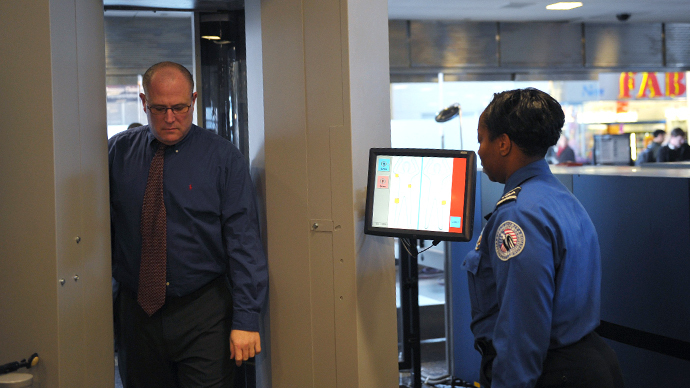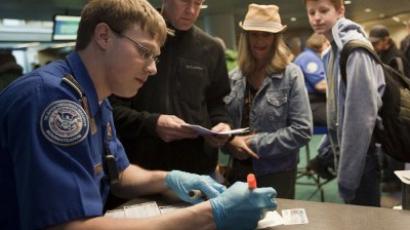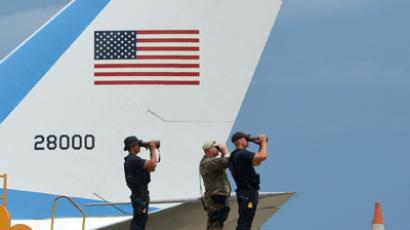TSA spent $1 bln on 'body language' program

After investing $1 billion in behavior detection techniques and training since 2007, the Transportation Security Administration has little to show for its efforts, the New York Times stated in a new report.
According to the newspaper, critics of the TSA’s attempt to read body language claim there’s no evidence to suggest the agency has been able to link chosen passengers to anything beyond carrying drugs or holding undeclared currency, much less a terrorist attack. In fact, a review of numerous studies seems to suggest that even those trained to look for various tics are no more capable of identifying liars than normal individuals.
“The common-sense notion that liars betray themselves through body language appears to be little more than a cultural fiction,” Maria Hartwig, a psychologist at John Jay College of Criminal Justice in New York City, told the Times.
The TSA’s body language program has also been critiqued by the Government Accountability Office, which found it to be ineffective and recommended cutting its funding going forward. As RT reported last year, its conclusion was that human ability to read body language was “the same as or slightly better than chance.”
“Available evidence does not support whether behavioral indicators, which are used in the Transportation Security Administration’s (TSA) Screening of Passengers by Observation Techniques (SPOT) program, can be used to identify persons who may pose a risk to aviation security,” the GAO report read.
Through a review of various studies dating back over the last 60 years, researchers found that people were only able to pick out liars 47 percent of the time, while attempts to identify people who told the truth were more successful at 61 percent. With an average rate of 54 percent, however, the methods could not be considered effective, especially when accuracy rates fell further in cases where an individual had to rely only on body language – and could not, for example, hear someone speak.
The GAO also disputed the TSA’s claim that its procedures helped single out high-risk passengers more effectively than random screening. Out of more than 30,000 passengers highlighted every year by behavior detection methods, the GAO found that less than one percent were arrested. None of the arrests were in connection to terror plots.
According to Dr. Nicholas Epley of the University of Chicago, people in general tend to overinflate their perceived ability to read another person’s body language.
“When you’re lying or cheating, you know it and feel guilty, and it feels to you as if your emotions must be leaking out through your body language,” he said to the Times. “You have an illusion that your emotions are more transparent than they actually are, and so you assume others are more transparent than they actually are, too.”














